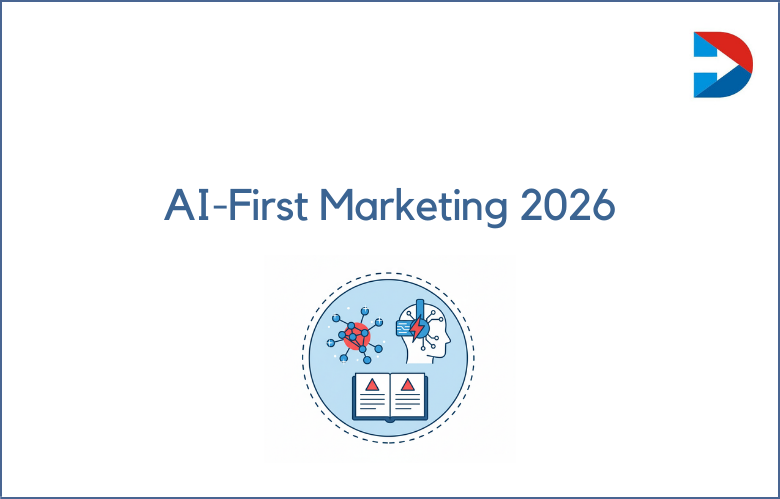
When you hear the word “brand,” what comes to mind? Is it a logo, a company’s name, or a product? A brand is not just a symbol or an item but a culmination of its experiences, emotions, attitudes, and values. And brand equity is the value these intangible assets add to the brand’s financial worth.
Brand equity is not limited to big names like Apple, Nike, or Coca-Cola; it is essential for any company that wishes to stay relevant, grow, and succeed in a competitive market. This post will delve deeper into brand equity, its components, why it matters, and how it can be evaluated.
What Is Brand Equity?
Brand equity is the value that a brand name or logo adds to the product or service in the eyes of the consumer.
The intangible assets associated with a brand, such as customer loyalty, awareness, perceived quality, and brand association, play a significant role in shaping customers’ preferences and behavior.
Brand equity can also translate to higher prices, increased sales, and market share. Brand equity is the value a company’s brand name adds to its products or services.
It arises from customers’ recognition and trust in a brand, differentiating it from others in the market.
Brand equity influences customers’ purchase decisions, making them more willing to pay a premium for a brand they trust and creating customer loyalty beyond individual product launches.
Why is Brand Equity Essential?
Brand equity significantly impacts a company’s financial performance and long-term viability. A strong brand generates sales and revenue and reduces marketing costs.
It helps to launch new products or services more successfully, with customers more likely to try a new product if it has a trusted brand name.
Further, brand equity creates a competitive advantage that reinforces the success of a company’s reputation, preventing new entrants from gaining market share.
How to Measure Brand Equity
Measuring brand equity can be challenging because it is an intangible asset. However, businesses can use a few metrics to gauge their value.
Firstly, a business can track its brand awareness across different audiences. Secondly, customer satisfaction is another vital metric to gauge brand equity. A company can measure customers’ likelihood of repurchasing or recommending it to others.
How to Increase Brand Equity
Brand equity is not built overnight; instead, it’s made through consistent and strategic steps. Firstly, businesses must create a unique brand identity that stands out.
This includes developing a brand personality that reflects the fundamental values of your business.
Secondly, businesses must invest in brand-building activities such as advertising, events, and public relations to increase brand awareness. Companies must consistently deliver on their brand promise through excellent customer experiences.
Understanding the Concept of Brand Equity
Brand equity is a term that is frequently used in marketing circles, but not many people understand what it means and why it is so important.
In simple terms, brand equity refers to the perception of a brand that creates value beyond the physical and functional attributes of the product.
This value is created through goodwill, brand recognition, loyalty, and other intangible factors contributing to the brand image.
We will explore the concept of brand equity in detail, its importance, how it is measured, and how businesses can enhance it to gain a competitive edge in the market.
The Importance of Understanding the Concept of Brand Equity
In today’s world, brands are more than just a name or a logo. They represent the values, quality, and trust that customers associate with their product or service.
Brand equity is, therefore, a crucial aspect of building a successful and sustainable brand. We’ll explore brand equity, why it’s essential, and how to develop and maintain it.
The Power of Brand Equity: Understanding Its Concept
In today’s business world, branding is not only a means to differentiate yourself from competitors; it also plays a crucial role in building long-term customer relationships.
One of the most remarkable advantages of branding is creating brand equity, which is the value derived from the perception of your brand.
Brand equity represents everything a brand stands for – its personality, reputation, and quality – and can significantly influence consumer behavior, purchasing decisions, and financial performance.
We will discuss the concept of brand equity and why businesses need to invest in building a solid brand.
Components of Brand Equity:
There are four essential components of brand equity:
Brand Loyalty:
A customer’s willingness to repeatedly purchase a product based on their previous positive experiences with the brand.
Brand Awareness:
Consumers’ recognition and recall of a brand name or logo.
Perceived Quality:
The customer’s perception of the product or service’s overall quality is based on its perceived value.
Brand Association:
The emotions, attitudes, and values consumers associate with a brand may be influenced by advertising, endorsements, or other factors.
Why Is Brand Equity Important?
Building and maintaining brand equity is crucial for any company for the following reasons:
Competitive Advantage:
Brand equity can differentiate products or services from those of competitors, thus leading to higher demand and market share.
Stronger Customer Relationships:
A strong brand identity can lead to customer trust, loyalty, and advocacy.
Financial Benefit:
A brand with a high level of equity can be worth more than the company’s tangible assets.
Expansion Opportunities:
Companies with substantial brand equity can expand globally more efficiently, as they have already developed a strong reputation in their home markets.
Evaluation of Brand Equity:
Evaluating brand equity is essential for companies to identify the areas they must focus on to maintain or improve their brand image. Some common ways of assessing brand equity include:
Brand Audits:
A comprehensive brand evaluation, including its strengths, weaknesses, opportunities, and threats.
Consumer Surveys:
They are gathering information from customers about their perceptions of the brand.
Financial Analysis:
Assessing brand equity’s role in a company’s financial statements, such as increased revenue or return on investment.
Conclusion:
Brand equity is a vital concept that companies and marketers must understand to build and maintain a strong brand identity that customers can trust and relate to.
By focusing on its components, understanding why it matters, and evaluating it regularly, companies can expand their horizons, increase their competitive advantage, and build stronger customer relationships.
So, take the time to invest in your brand equity and watch as your business grows and thrives in a competitive market.



